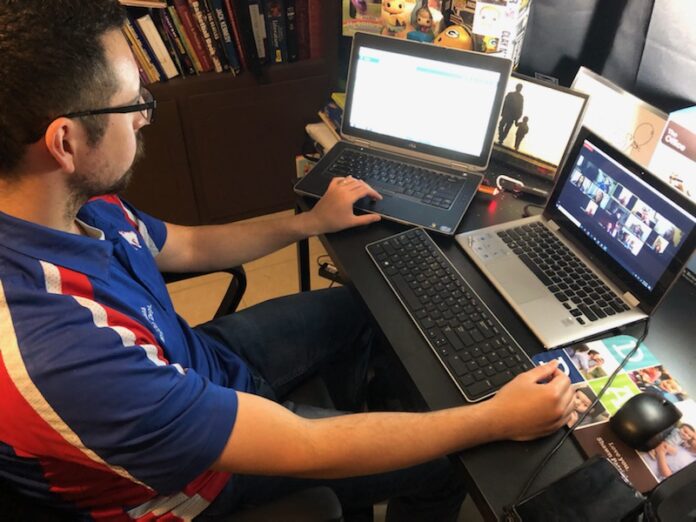Gov. Greg Abbott probably made the right call when he ordered Texas’ public schools to remain closed for the rest of the spring semester. Students’ long absence from class, however, mean special challenges face educators and students when they return to class in the fall.
Officials must address the likelihood that students will return with a wide range of abilities. It will be a challenge to help those who fell behind their age level through no fault of their own, without penalizing those who kept up or even excelled in a home-based atmosphere.
Certainly, some sharp students thrived under the circumstances. They were able to grasp the concepts simply by reading textbooks and supporting material, and were able to advance even faster without the pace of the classroom instruction holding them back.
Other students, however, need more attention, and do better when they can ask questions and get more in-depth explanation from their teachers. Some parents are able to fill that role, but others can’t, either because work obligations keep them out of the home or because they have their own limitations.
It’s likely that the disparity of readiness among students returning to school in the fall will be greatest along the border. Our high percentage of immigrants means many parents have educational and language barriers that make it difficult, perhaps virtually impossible, to provide the help their children might need.
Schools, and families, did an admirable job in dealing with a situation they had never faced before. The schools utilized social networking platforms to create remote-learning classrooms and keep most students on track. Those platforms, however, require internet access, and in this high-poverty region not all families have it.
Another shortcoming is the fact that only one person can use the computer at a time. Families with several children found that some of them had to miss classes so that their siblings could participate in theirs.
We hope that nothing like this plagues our communities again, but it’s good to learn from this pandemic just in case; some health experts warn that the coronavirus could return during the normal fall flu season.
Many cities are looking to secure citywide broadband access, which would help keep families connected with their schools. Many districts have started replacing textbooks with tablet computers. Completing the transfer would help ensure that each student has his or her own device for remote learning. Even without a pandemic, such access would enable teachers to provide more services, such as tutoring or extracurricular activities.
State officials also should take this extraordinary event into account. They should consider waiving state-mandated testing for the coming year, but begin the fall with pretests that help evaluate students’ abilities as they return from their extended absence.
The pandemic was an unusual event, and it will require unusually creative measures to bring all students back to the educational levels where they should be. We trust decision makers will recognize this need, and do what’s best for the students and their families.



